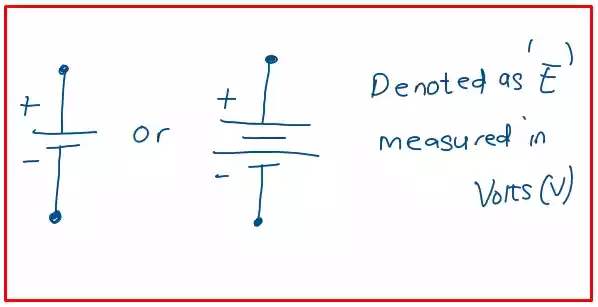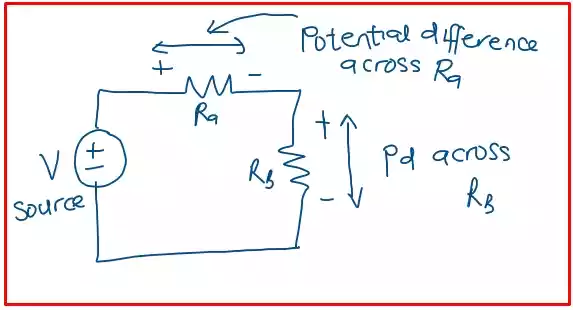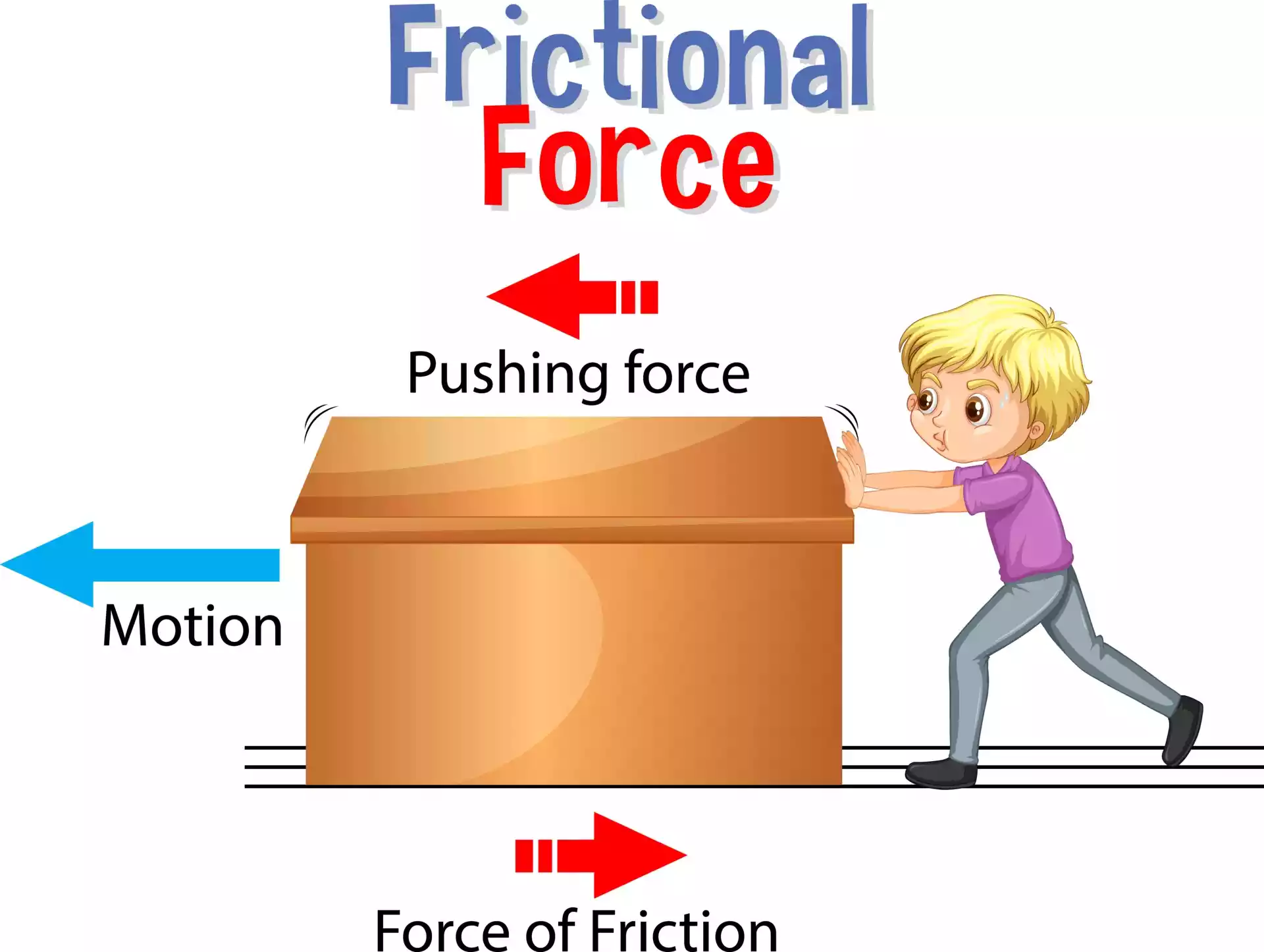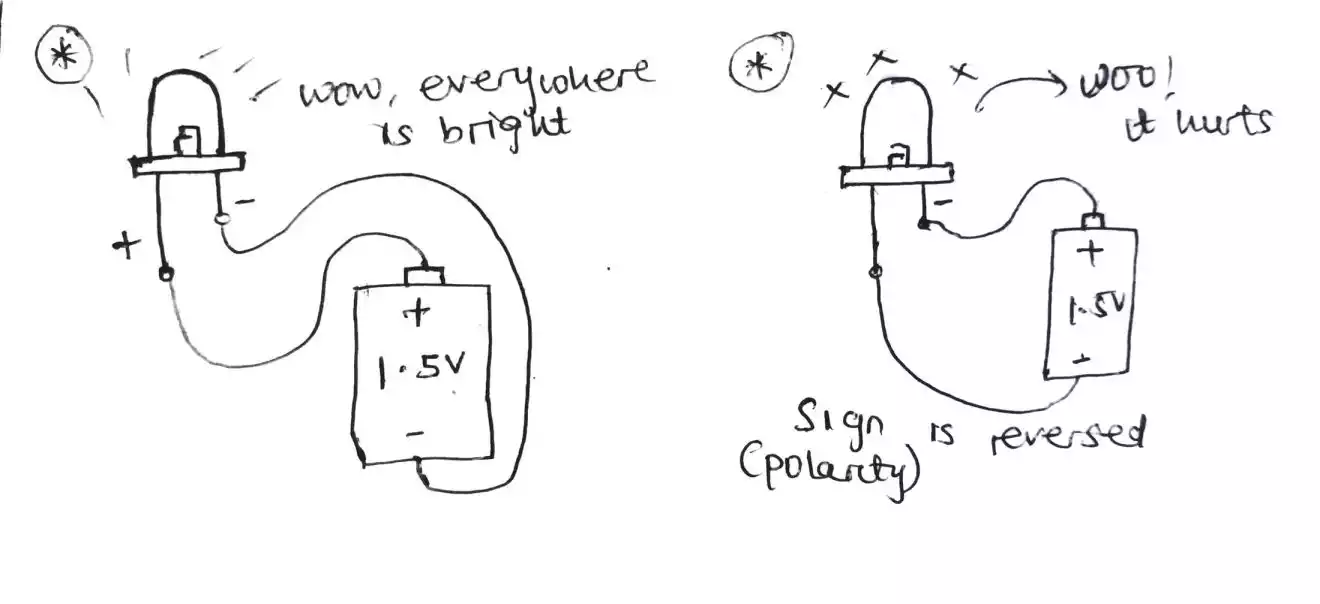Difference Between Electromotive Force (EMF) and Potential Difference (PD)
Electromotive force (EMF) and potential difference (PD) are two concepts in the field of physics that are often misunderstood or used interchangeably.
While they both relate to electrical circuits and voltages, they have distinct meanings and applications.
In this article, we will look at the difference between electromotive force and potential difference, highlighting their definitions, units, calculations, and practical examples.
Table of Contents
Understanding Electromotive Force (EMF)
Definition
Electromotive force, commonly referred to as EMF, is the potential difference produced by an energy source such as a battery or a generator when no current is flowing.
It represents the maximum voltage that can be delivered to a circuit. EMF is measured in volts (V) and symbolized by the letter “E” in equations.

Units
The unit of electromotive force is the volt (V). It represents the amount of electric potential energy transferred per unit charge.
1 volt is equivalent to 1 joule of energy transferred per coulomb of charge.
Representation
EMF is represented by the letter “E” and is often depicted as a source of electrical energy in circuit diagrams.
It is indicated by a longer line with a plus sign (+) and a shorter line with a minus sign (-) at the end.
Sources of EMF
EMF can be generated by various sources, including batteries, power supplies, and generators.
These devices convert other forms of energy, such as chemical, mechanical, or solar energy, into electrical energy.
The EMF produced by these sources ensures the continuous flow of electrons in a circuit.
Understanding Potential Difference (PD)
Definition
Potential difference, also known as voltage or voltage drop, is the difference in electric potential between two points in an electrical circuit.

It represents the energy per unit charge required to move a charge from one point to another within the circuit. Potential difference is measured in volts (V) and is denoted by the symbol “V.”
Units
Similar to EMF, the unit of potential difference is the volt (V). It quantifies the difference in electric potential energy per unit charge between two points in a circuit.
Calculation
Potential difference can be calculated using Ohm’s Law, which states that the potential difference (V) is equal to the current (I) multiplied by the resistance (R) in a circuit. Mathematically, it can be expressed as V = I × R.
Relationship with EMF
While potential difference and electromotive force are related, they are not the same. The EMF represents the maximum voltage a source can provide, while the potential difference represents the actual voltage between two points in a circuit when current is flowing.
In simple terms, EMF is the driving force behind the flow of electrons, whereas potential difference reflects the energy transfer and voltage drop as electrons move through a circuit.
Key Differences Between EMF and PD
- Meaning: EMF represents the maximum potential difference generated by a source, while PD refers to the actual voltage between two points in a circuit.
- Direction: EMF always maintains a fixed direction from the positive terminal to the negative terminal of a source, whereas PD can vary in direction depending on the circuit configuration.
- Components: EMF is associated with energy sources such as batteries or generators, while PD occurs across various components in a circuit, including resistors, capacitors, and conductors.
- Measurement: EMF is typically measured with a voltmeter connected directly to the source, while PD is measured using a voltmeter placed across specific points in a circuit.
Applications and Examples
EMF Applications
- Battery-powered devices: EMF is crucial for powering various portable electronic devices such as smartphones, laptops, and flashlights.
- Electric vehicles: EMF provided by batteries or fuel cells is used to power electric cars and hybrid vehicles.
- Renewable energy sources: EMF generated by solar panels, wind turbines, and hydroelectric power stations is harnessed to produce electricity.
PD Applications
- Electrical circuits: Potential difference is used to calculate the current flowing through a circuit and to determine the voltage drop across different components.
- Power distribution: PD is essential in electrical power systems to ensure efficient transmission and distribution of electricity.
- Electric shock protection: PD plays a role in designing electrical safety systems, such as grounding and protective devices.
Wrap Up
Electromotive force (EMF) and potential difference (PD) are distinct concepts in the sphere of electrical circuits.
While EMF represents the maximum potential difference generated by a source, PD refers to the actual voltage between two points in a circuit.
FAQs
- What is the main difference between electromotive force and potential difference? Electromotive force (EMF) represents the maximum potential difference generated by a source, while potential difference (PD) refers to the actual voltage between two points in a circuit.
- How are EMF and PD measured? EMF is typically measured using a voltmeter connected directly to the source, while PD is measured using a voltmeter placed across specific points in a circuit.
- Can EMF and PD be negative? Yes, both EMF and PD can be negative if the polarity or direction of the source or circuit configuration is reversed.
- What are some practical applications of EMF? EMF is essential for powering battery-operated devices, electric vehicles, and harnessing energy from renewable sources like solar panels and wind turbines.
- How does potential difference affect electrical circuits? Potential difference determines the flow of current in a circuit and influences the voltage drop across various components, enabling the transfer of electrical energy.





